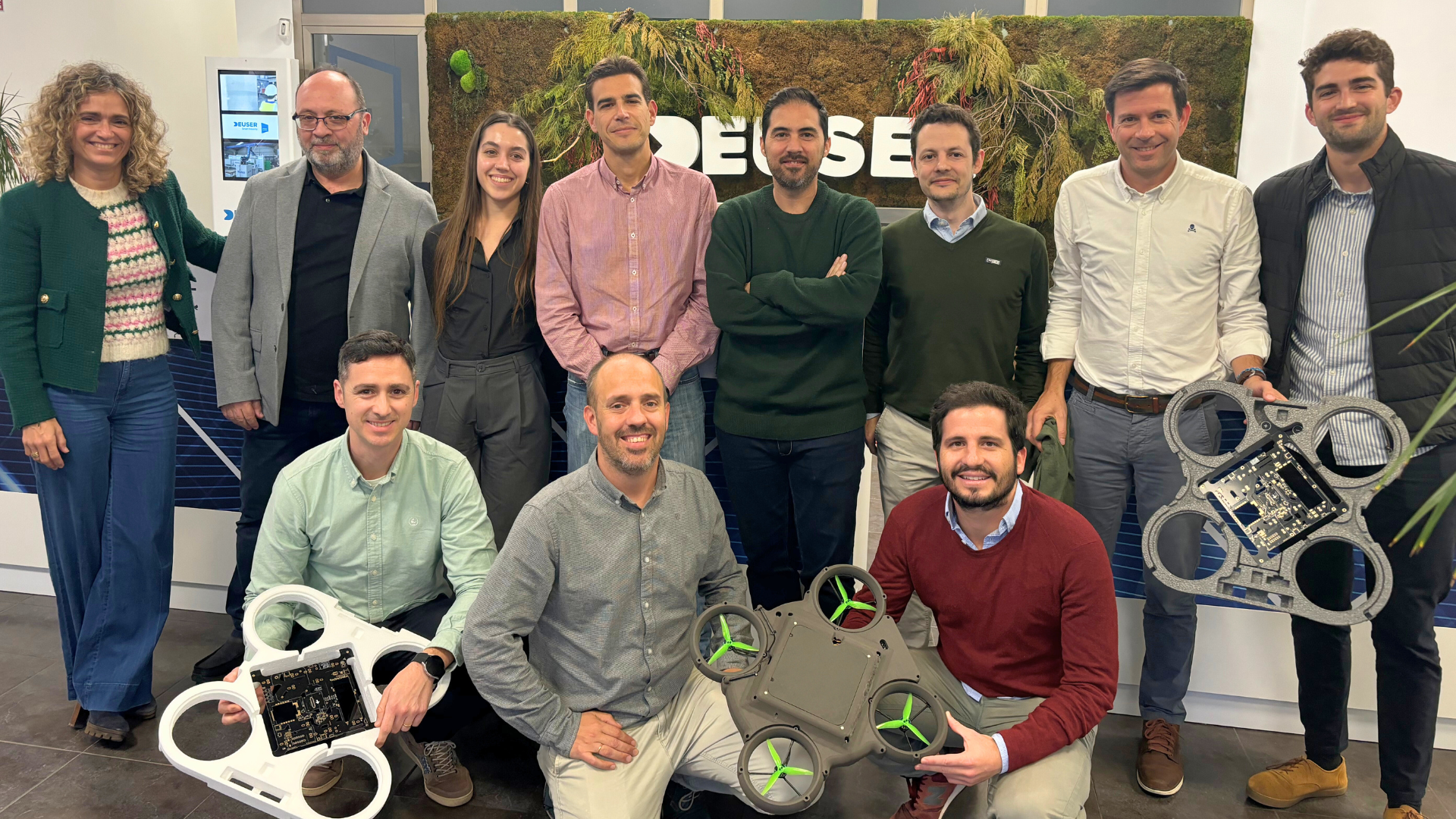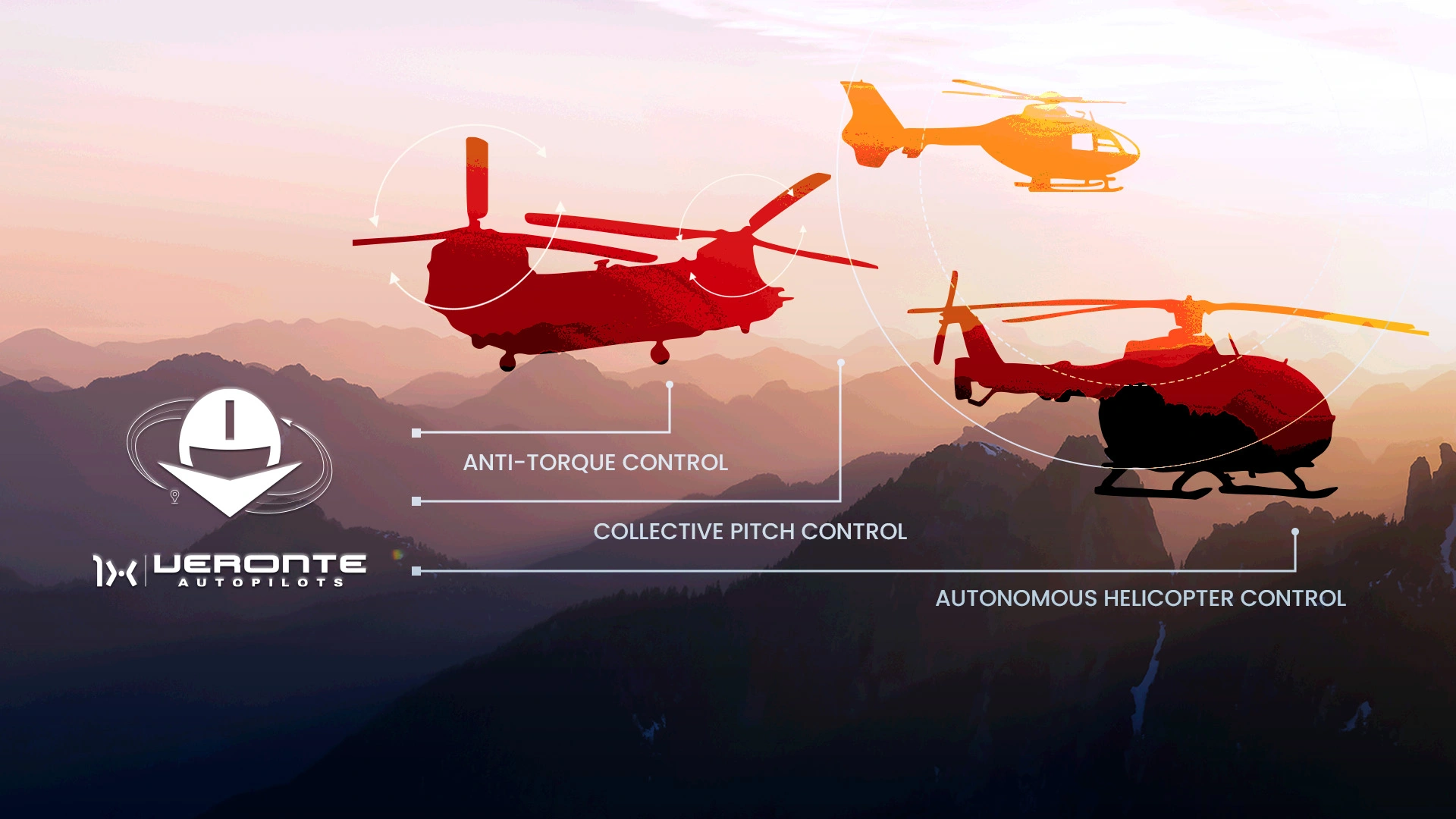ADS-B is an abbreviation for Automatic Dependent Surveillance – Broadcast. (Automatic Dependent Surveillance – Transmission).
Automatic: information is sent periodically without interrogation.
Dependent: depends on a position source on the aircraft (WAAS/GPS).
Surveillance: provides radar-like surveillance services for ATC.
Broadcast: aircraft information is continuously transmitted to ground stations and other aircraft.
Each aerial vehicle (aeroplane, helicopter, drone, eVTOL…) equipped to use ADS-B calculates its exact position using GPS satellites. In other words, this technology does not rely on radar as is the case with traditional transponders (SSR) but is based on GPS, regardless of the fact that transponders are also often used as equipment installed in the aircraft.
After calculating its position, the equipment in the aircraft sends a packet of information, including its identification, position, route and speed to ADS-B ground stations and other periodic aircraft. So, any other aircraft with an ADS-B receiver can receive the position of the aircraft and execute the avoidance maneuver if needed.
ADS-B device types
There are three types of ADS-B devices, depending on their capabilities:
ADS-B Out: the system only can broadcast the data, allowing it to know its position into the Traffic Management Ground Segment and other aircrafts.
ADS-B IN: the system only is capable of receiving information from other aircrafts.
ADS-B IN&OUT: capable of sending and receiving information on 1090MHz in Europe and 978MHz in the USA.
This collaborative method of sense & avoid is, nowadays, one of the main tools that the ATM segment has. Authorities such as the FAA have established the ADS-B as a key technology for the UTM and drone integration into the urban air space. For this reason, the use of onboard ADS-B or REMOTE ID systems is critical for UAV operations.
The new Veronte Autopilot 1x 4.8 has advanced DAA tools, being available with an internal Remote ID sensor or with an embedded ADS-B device. Providing the UAV with collaborative detection capabilities.















